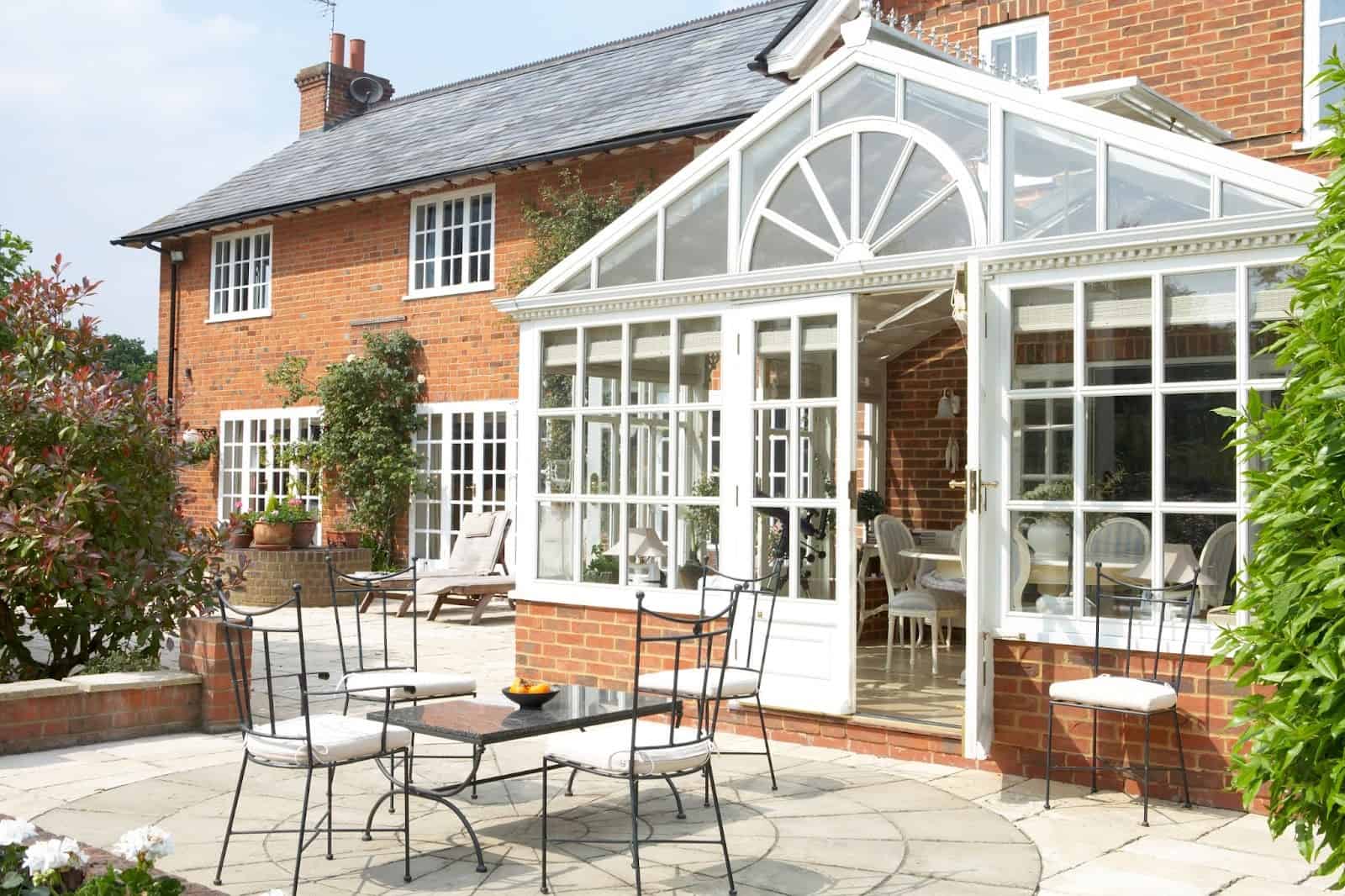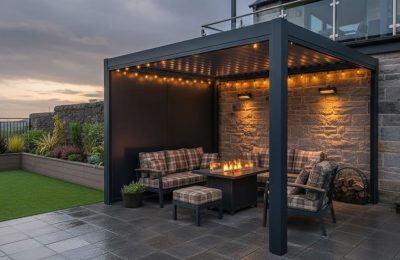With over one million burglaries and attempted break-ins occurring across the UK every year, tenant and buy-to-let security is paramount. Rented properties are more at risk of a break-in than an owner-occupied home, and when a criminal has gained access to a property, they’re more likely to try again in the future. Landlords are no strangers to the many responsibilities of managing a buy-to-let property, and security should be the top priority. If you don’t handle security issues quickly and effectively, you could find yourself in deep trouble, with lawsuits and fines to contend with. These are some of the most common security challenges faced by landlords and how you can manage them.
Lock bumping
Lock bumping is a common burglary method and is the process of using a bump key to align the pins of a cylinder lock, essentially picking and unlocking any door with a pin-based lock without needing to break it. This means there’s no sign of forced entry and criminal activity might not be spotted until it’s too late, as a thief gets access to your home in seconds. Pin-based locks are often found on uPVC doors and they offer no protection against lock bumping, so updating the locks in a buy-to-let home is essential to prevent this common threat.
Criminals are able to enter a home much more easily with cylinder locks, so landlords should look to bump-proof locks for protection and keeping the property secure. UL 437 rated locks are high-security and don’t rely on the pin tumbler mechanism that can be so easily broken into. You may also want to choose a lock with safety features, like ball bearing and bolts that lock to the door frame itself.
Unsecure outbuildings
When we think of home security, our immediate thought is how to secure the assets inside of the home. But sheds, garages and similar outbuildings on the exterior of the property are just as important to keep locked and safe. These areas are often home to power tools, sports equipment and even vehicles which can be stolen or damaged. They could also make it easier for criminals to break into the main residence, by providing them with access to tools they can use to break locks or windows, such as drills or hammers.
Make sure that garages are kept well-maintained to prevent security issues and, if your budget allows, upgrade to an automated door, as this will be much more secure and harder for a thief to break into. If there are sheds on the property, keep them locked with a high-security lock and key, and ensure that tenants lock up after themselves if they use them.
Failure to change the locks
Landlords aren’t legally obliged to change the locks and keys on a rental property when there’s a tenant changeover, and it’s often overlooked. But opinions are split as to whether it should be made mandatory, because there are serious security issues posed if you neglect to do this simple and affordable task. Imagine that a previous tenant had used the property for criminal activity and they still had access to a key for the home. It would be very easy for them to get into the property again and steal from or harm the new tenant, or cause damage in revenge if they were evicted rather than leaving on their own terms.
A landlord could not only put their tenants at risk by not changing the locks when a new tenant takes over the property, but they also put themselves at risk of legal action and bad publicity if anything should happen as a result of them neglecting to change the locks. It’s a quick change that doesn’t cost the earth and could mean a safer home for anyone living in the property.
A lack of tenant screening
No landlord wants to deal with nightmare tenants who don’t pay their rent or provoke noise claims from neighbours. Troublesome tenants are time-consuming, stressful and could result in expensive damage to your property, so effective and thorough tenant screening is essential for security and should be a top priority when seeking a new tenant for your property.
As the property owner, landlords need to decide what’s important to them when choosing tenants and what standards they’ll set beforehand. Will you consider a tenant with a criminal history or are you looking for a minimum income for financial stability? Going down the route of tenant referencing and credit checks, as well as using technology to run background checks on applicants, will ensure thorough screening for all applicants and keep your screening process fair.
Ignoring routine maintenance
Routine maintenance might seem obvious, but making sure that window locks are working as they should, that door chains are used on front and rear doors, and repairing perimeter fencing if it’s damaged will all help to improve the overall security of the property. If your tenants notify you of an issue, it’s your responsibility as a landlord to make sure it’s fixed as soon as possible. Delaying action on these repairs could result in a security breach and potentially puts your tenants in harm’s way, so it’s worth taking the time to resolve them as soon as possible.
These are the main security challenges faced by landlords, however, there are various ways to ensure that investment properties and tenants are kept safe – from upgrading locks to highly-rated security ones, to making sure any damage is repaired quickly, and carrying out thorough tenant screening. But property owners can also implement technology to make a home feel safer and deter criminal activity. Devices such as CCTV cameras, motion-triggered lighting outside and video doorbells are great for preventing thieves and other criminals from attempting a break-in, as tenants can keep track of who is coming in and out of the property.











